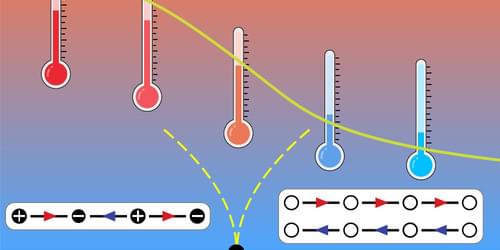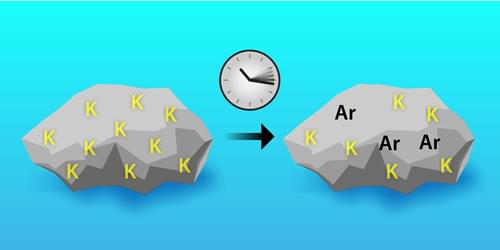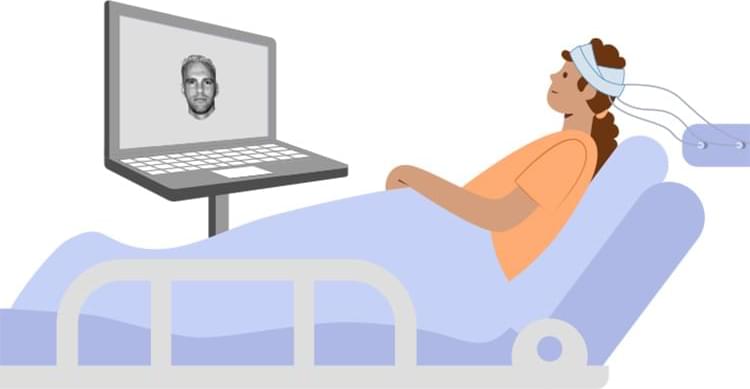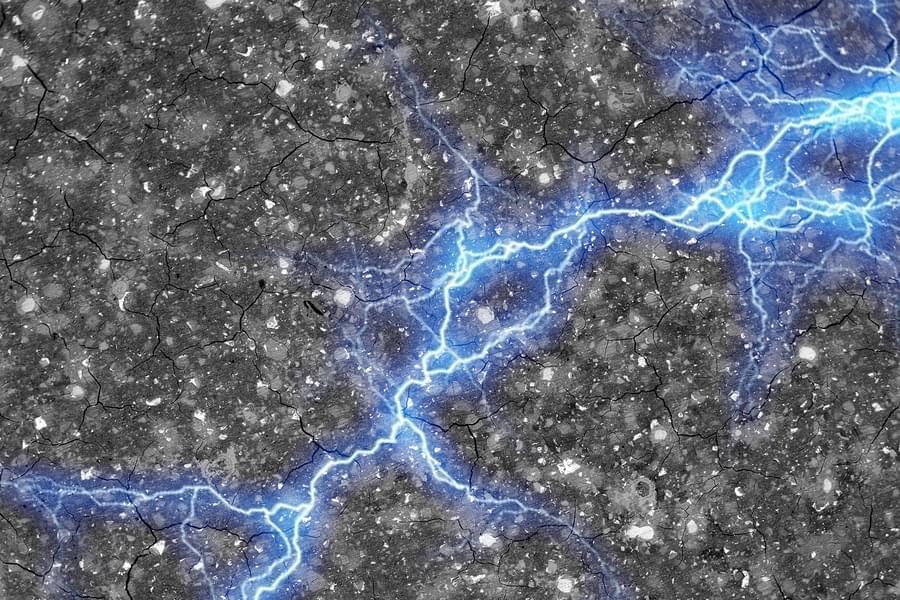
Naoko Kurahashi Neilson was on a Zoom call when she saw it for the first time.
She and two PhD students—Mirco Hünnefeld of TU Dortmund University in Germany and Steve Sclafani of Drexel University in the United States—had received permission to review the results of their analysis. Using 10 years of data and 60,000 detections from the IceCube Neutrino Observatory, they were trying to map the emission of tiny, ghostly particles called neutrinos from the band of the Milky Way.
Kurahashi Neilson remembers the three of them staring at the image together. Slowly, they realized that they were, indeed, looking at the first-ever neutrino image of our galaxy.


















